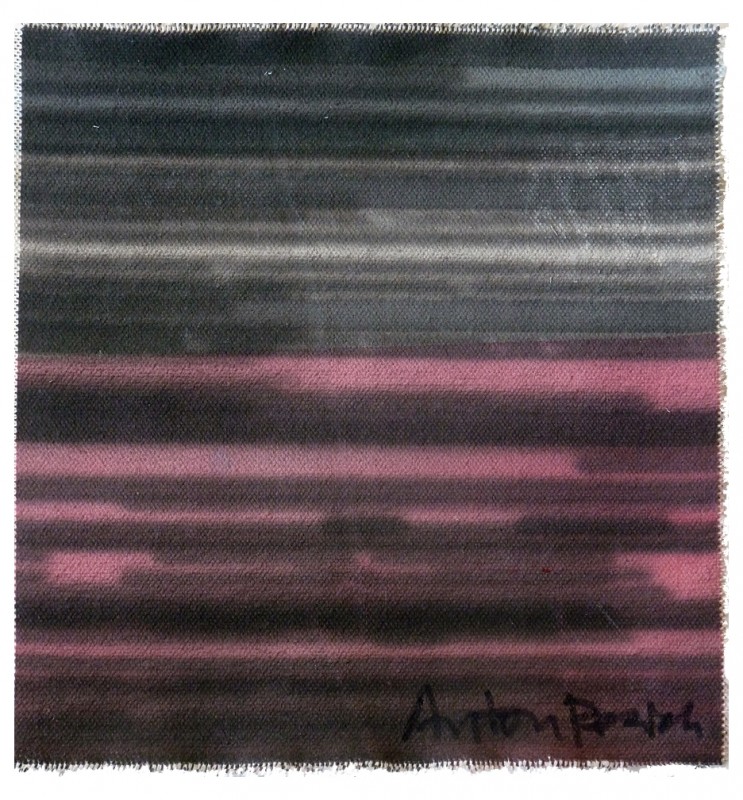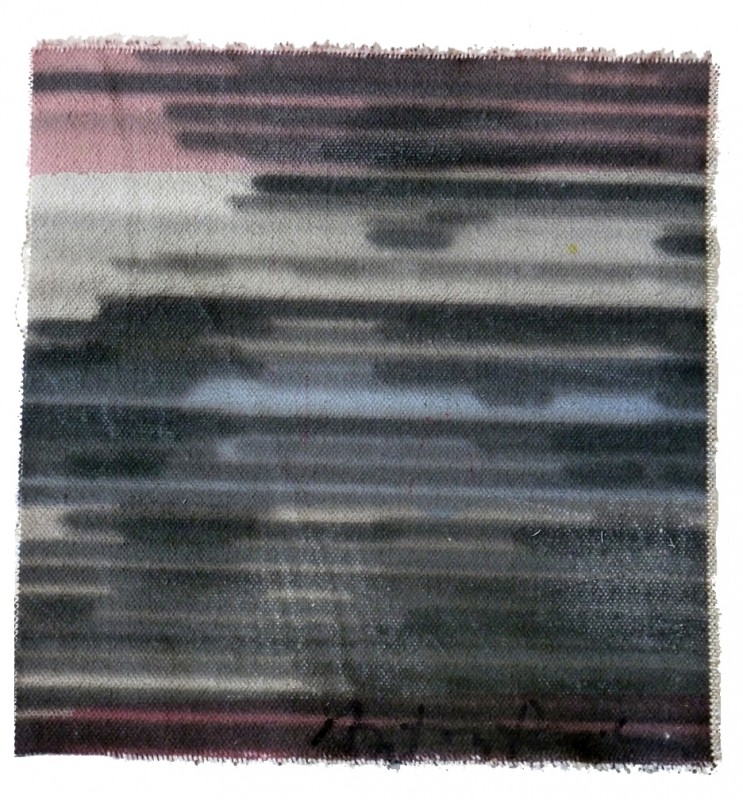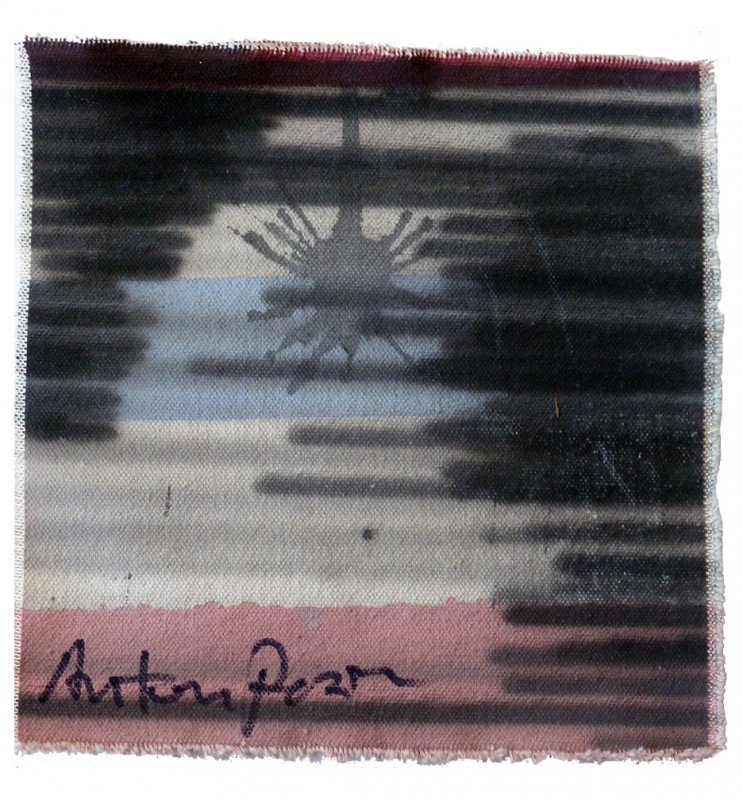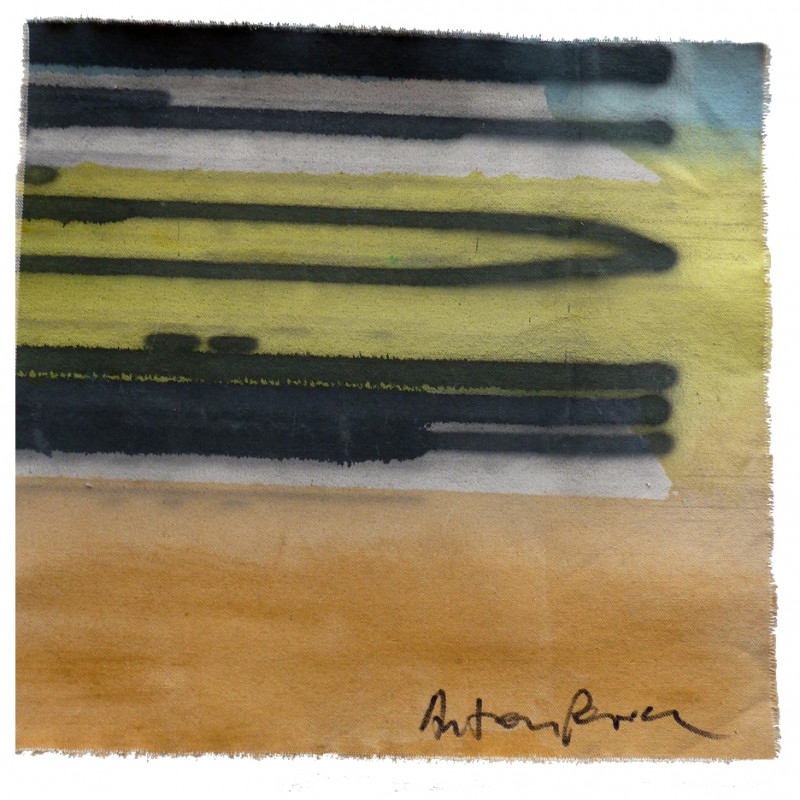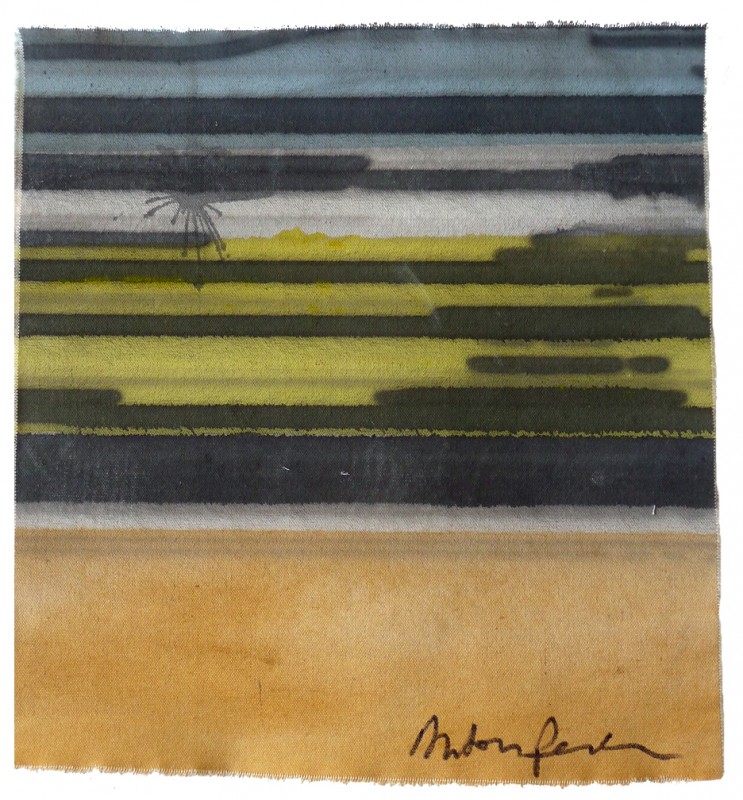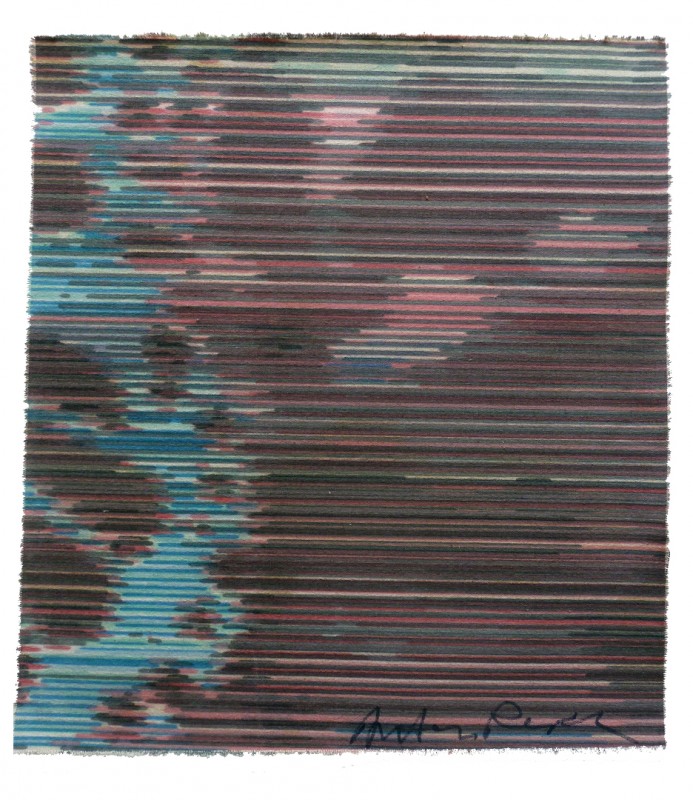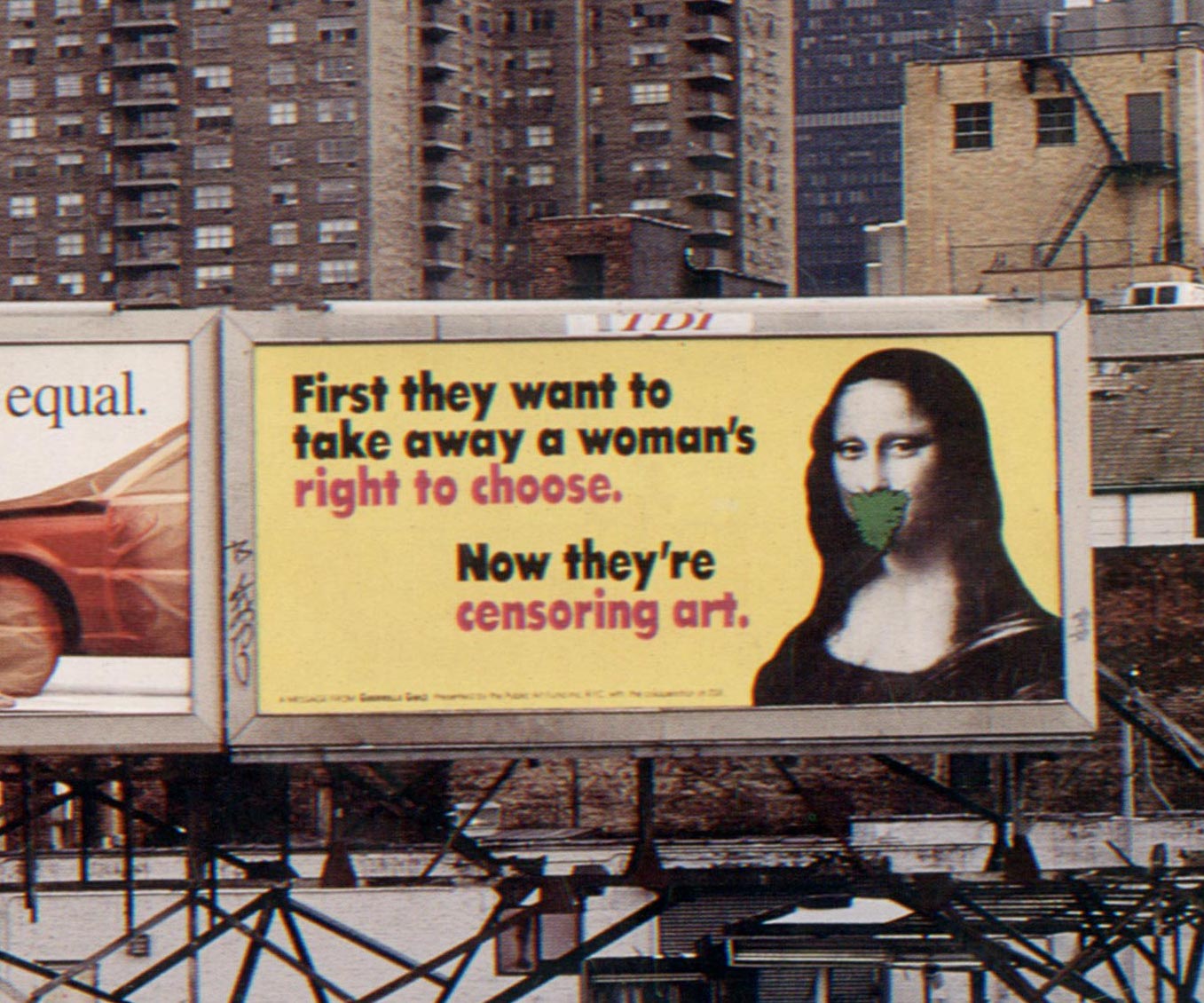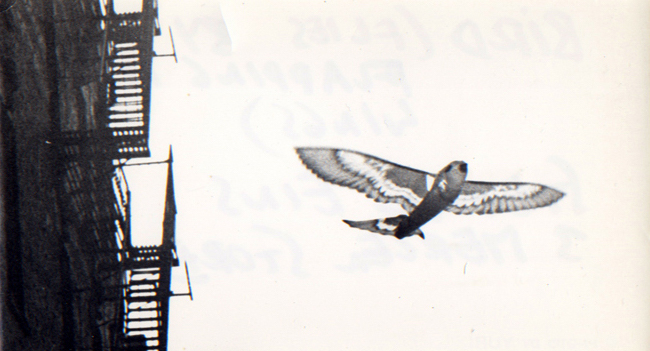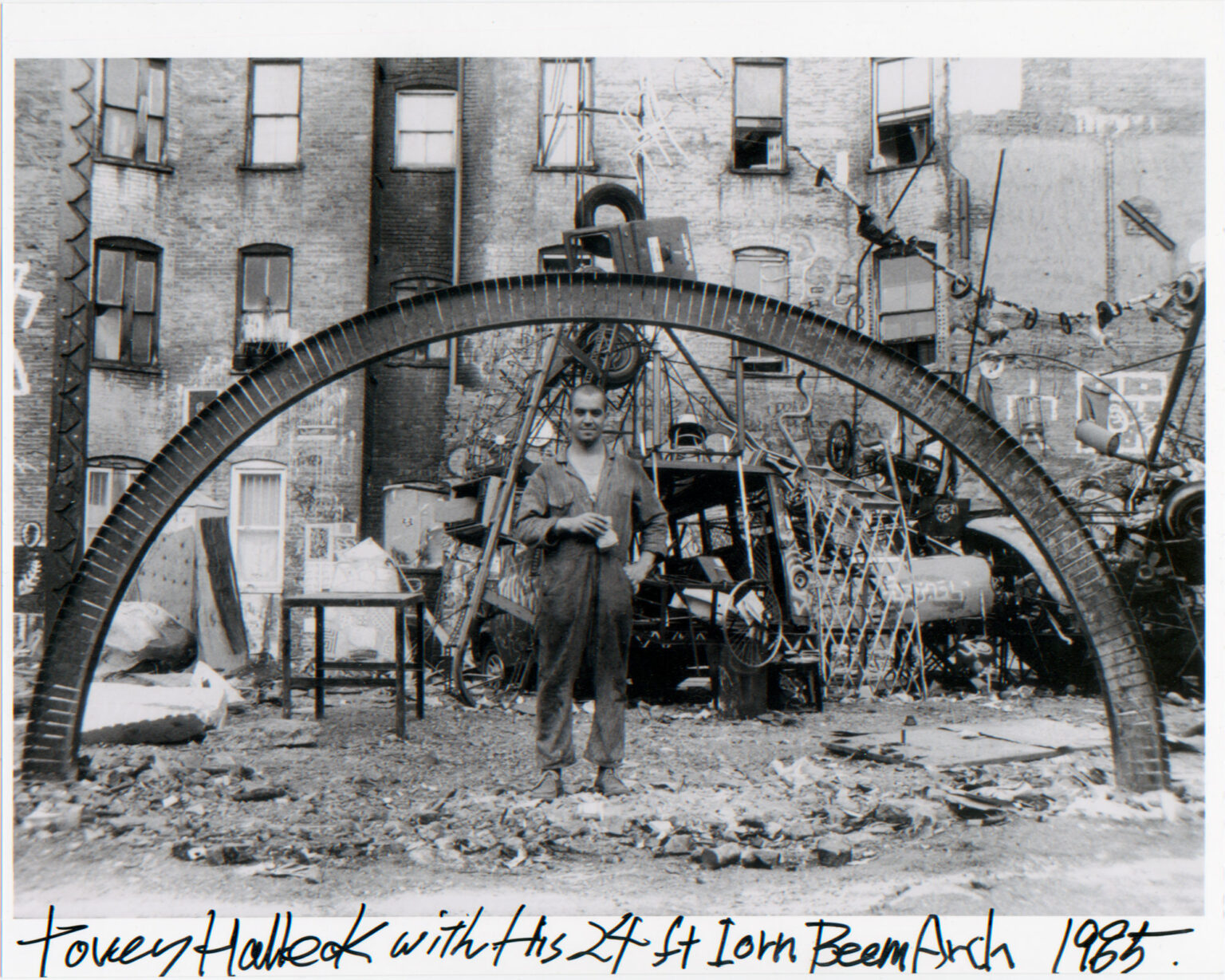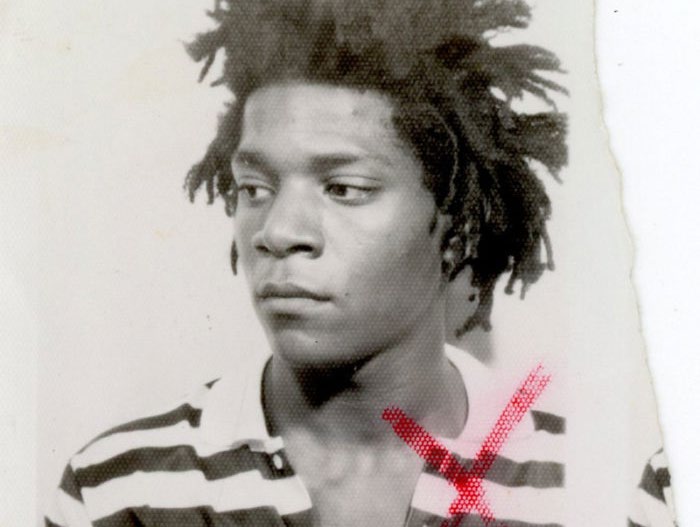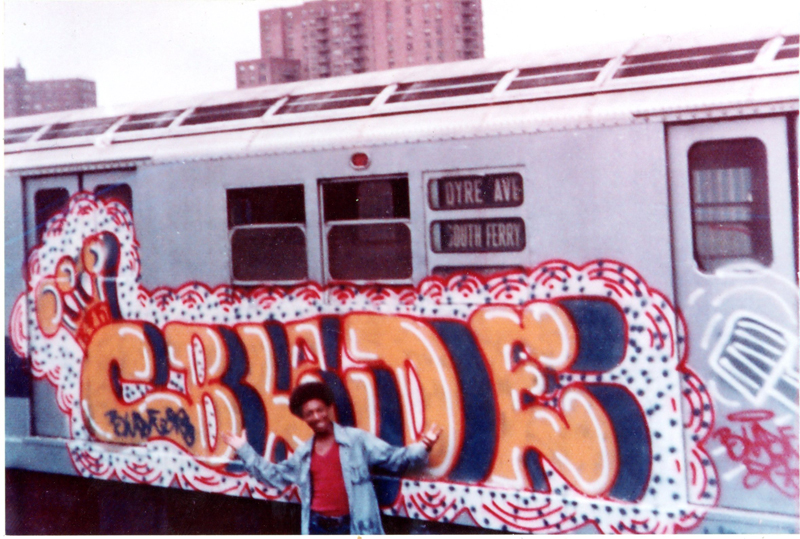Anton Perich: Electric Brushstrokes, 1978–1989
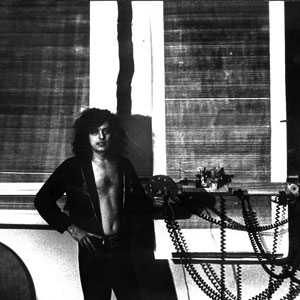
By Marc H. Miller
Anton Perich came to New York in 1970, drawn like many young artists at the time by the mystique of Andy Warhol. A Croatian by birth, Perich was fresh from four years in Paris where he was part of the avant-garde Letterist art movement, and learned about Warhol through his job organizing weekly film screenings at the American Center in Paris. His rise in New York was remarkably swift. During his first visit to the artist bar Max’s Kansas City, Perich gained access to its fabled backroom, where he met Warhol who recruited him as a photographer for his new magazine Interview. He soon also took up video, acquiring a small portapak video camera, and starting a weekly public access cable television show that often featured stars from the Warhol circle.
Usually identified as a photographer and video artist, another side of Perich’s creativity now commands attention. Working with video inspired Perich to make paintings that mimicked the look and feel of television images. A childhood tinkerer and an aspiring inventor, Perich achieved success in 1977 by creating a machine that automatically produced a sequence of lines with an airbrush activated by a photocell reacting to the lights and darks of projected images. Over the next 35 years Perich has continued to work with and refine his painting machine. Because it allows for artistic choice and the option to intervene, the paintings that result have a wide diversity and range from representational to abstract.
For Perich the electronic paintings are rooted both in the Letterest’s experiments in communication and in Andy Warhol’s famous pronouncement about wanting to be a machine. Initially greeted with cynicism in the 1980s, his paintings are now receiving new attention as artists increasingly incorporate the technological advances of the 1990s into their work. Technologically, Perich’s machine has been identified as the precursor of the ink-jet printer. Artistically, his paintings are the predecessors of the new technologically-based art making of contemporary artists like Wade Guyton.
Gallery 98 offers here a collection of “samples” of Perich’s pioneering “electric brushstrokes.” Perich originally created these small croppings from larger canvases as gifts for friends. The enthusiastic reception they have received has convinced him to now make them available online. For those interested in the confluence of art and technology, these samples—all made in the late 1970s and early 1980s—are important historical artifacts. Carefully conceived by Perich, each of these small canvases is also an aesthetically attractive artwork in its own right. Perich has given the samples titles based on the names of fragments of ancient text.
